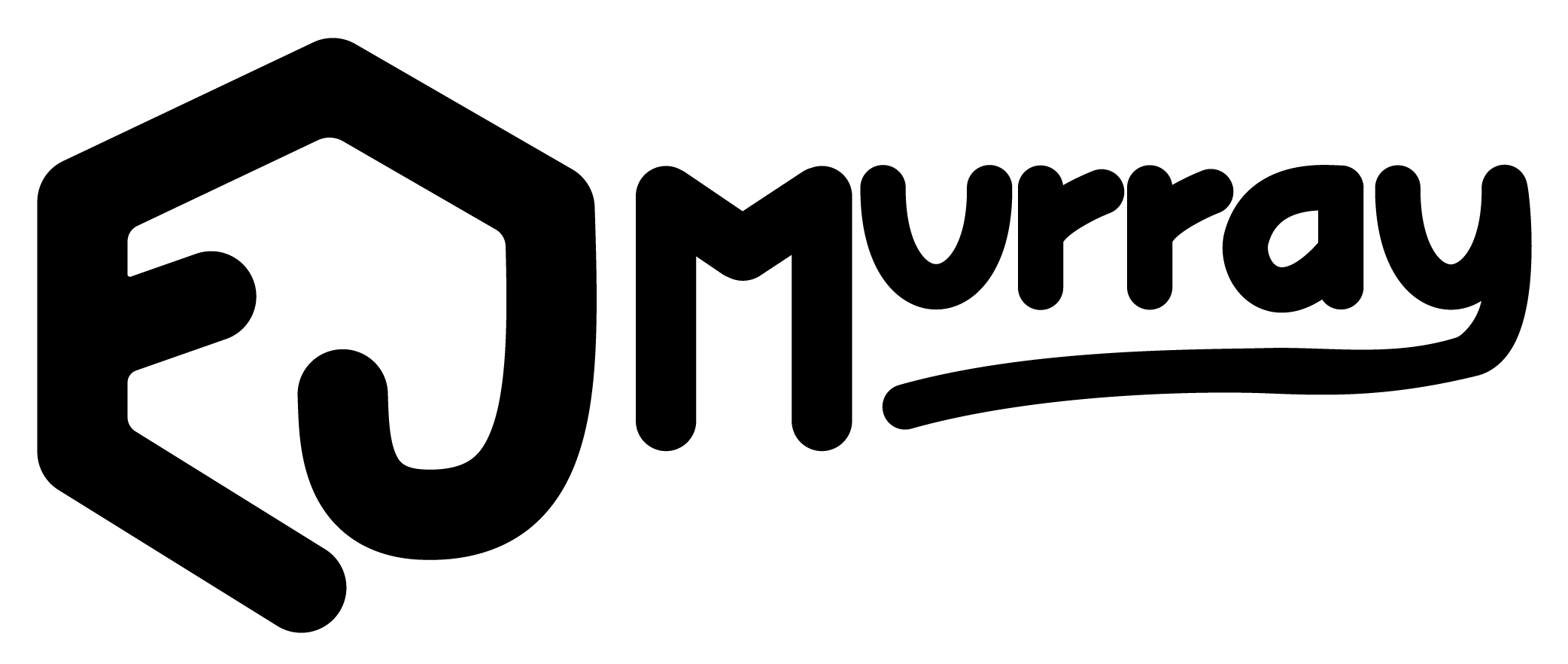Astronomers may have found the solar system’s smallest dwarf planet, even smaller than Ceres.
Using ESO’s SPHERE instrument at the Very Large Telescope, astronomers have discovered that the asteroid Hygiea has all four requirements to be classified as a dwarf planet. 1) It orbits the sun. 2) It is not a moon. 3) Unlike a regular planet, a dwarf has not cleared the “neighborhood” around its orbit. 4) Its mass has pulled it into a (roughly) spherical shape.
Hygiea’s diameter is just over 430km, about 500km less than Ceres at 950km. Pluto, the most famous dwarf planet, is closer to 2400km.
One surprise about the newest dwarf planet is that it does not contain a large impact crater, such as scientists expected to see. A large crater would indicate the point of impact that split the asteroid family about 2 billion years ago. Hygiea is the largest member of its asteroid family, which numbers around 7,000.




